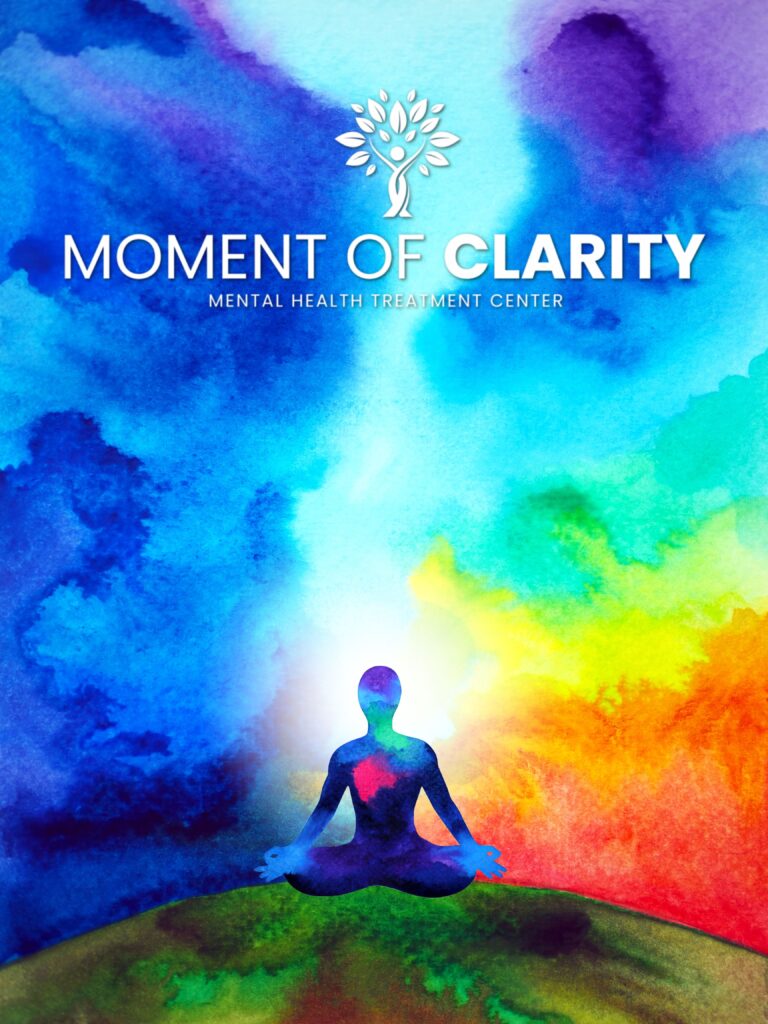Ketamine, originally developed as an anesthetic in the 1960s, has undergone a remarkable evolution in its use in treating mental health conditions over the past two decades. For Veterans and active duty military personnel suffering from Post-Traumatic Stress Disorder (PTSD), ketamine for military PTSD has emerged as a promising treatment option when traditional therapies have failed.
Studies have shown that ketamine can rapidly reduce symptoms of PTSD, including intrusive thoughts, nightmares, and hypervigilance, often within hours of treatment—a stark contrast to conventional antidepressants that may take weeks to become effective. This rapid action is particularly valuable for military personnel and Veterans struggling with PTSD, where immediate symptom relief can be lifesaving.
The therapeutic potential of ketamine for military PTSD lies in its unique action on the brain’s system and its ability to promote neural plasticity. Unlike traditional PTSD treatments that often require prolonged exposure therapy or long-term medications with variable success rates, ketamine infusion protocols typically involve a series of controlled doses in clinical settings, often producing sustained relief for weeks or months after treatment.
As research continues to refine protocols and delivery methods, ketamine remains a significant advancement in addressing the profound psychological wounds that many who serve our country continue to battle long after leaving the combat zone.

What Is Ketamine?
Ketamine is an anesthetic medication that was first synthesized in 1962 and approved for medical use in the U.S. in 1970. It works primarily by blocking NMDA receptors in the brain, which are involved in glutamate signaling. At lower doses than those used for anesthesia, ketamine produces pain-relieving effects and can induce altered states of consciousness.
Originally developed as a battlefield anesthetic during the Vietnam War, ketamine has several advantageous properties that include maintaining respiratory function and blood pressure while providing pain relief and sedation. In recent years, ketamine has gained significant attention for its rapid-acting antidepressant effects, particularly in treatment-resistant depression and suicidality.
It’s also being used in sub-anesthetic doses to treat chronic pain conditions and PTSD. The FDA approved an S-ketamine nasal spray in 2019 specifically for treatment-resistant depression. While ketamine does have potential for misuse and is sometimes used recreationally, its therapeutic applications continue to expand as researchers better understand its unique effects on brain function and neuroplasticity.
Mental Health Treatment That Works
Call 949-625-0564How Effective Is Ketamine in Treating PTSD Compared to Traditional Therapies?
Ketamine shows promising results for PTSD treatment compared to traditional therapies, with several distinct advantages. Most notably, ketamine can provide rapid symptom relief, often within hours or days of administration, whereas conventional treatments like SSRIs typically require weeks to months to demonstrate meaningful effects.
Multiple clinical studies have found that a series of ketamine infusions can significantly reduce core PTSD symptoms, including intrusive memories, avoidance behaviors, negative mood alterations, and hyperarousal in patients who didn’t respond adequately to first-line treatments.
For treatment-resistant PTSD cases, ketamine offers a valuable alternative approach. A recent meta-analysis found that ketamine produced moderate to large effect sizes for PTSD symptom reduction, comparable to or exceeding those typical for prolonged exposure therapy or cognitive processing therapy in similar resistant populations.
However, ketamine’s therapeutic effects may be relatively short-lived without follow-up treatments, and questions remain about optimal dosing protocols, treatment frequency, and long-term outcomes. While ketamine shouldn’t replace evidence-based treatment like EMDR or prolonged exposure, it shows particular promise as an alternative treatment that can rapidly reduce symptoms.

Is Ketamine Safe for Military Personnel Struggling With PTSD?
Ketamine can be a safe treatment option for military personnel with PTSD when administered in controlled clinical settings under proper medical supervision. Research specifically focusing on Veteran populations has demonstrated acceptable safety profiles with standard doses.
The most common side effects during treatment are transient and include dissociative symptoms, mild increases in blood pressure and heart rate, dizziness, and nausea, effects that typically resolve within hours after administration. These monitored clinical approaches differ significantly from recreational use, where dosing and consumption environments are uncontrolled.
For military personnel specifically, several important safety considerations exist. Ketamine is contraindicated for individuals with uncontrolled hypertension, certain cardiac conditions, or active psychosis, requiring thorough medical screening before treatment initiation.
Military medical systems implementing ketamine therapy typically employ comprehensive protocols that include psychological preparation, close monitoring during administration, and integration support afterward.
For military personnel specifically, several important safety considerations exist. Ketamine is used for individuals with uncontrolled hypertension, certain cardiac conditions, or active psychosis, requiring thorough medical screening before treatment initiation. Military medical systems implementing ketamine therapy typically use comprehensive protocols that include psychological preparation, close monitoring during administration, and integration support afterward.
While concerns about potential misuse or dependence exist, studies of therapeutic ketamine use have not shown significant addiction potential when administered within structured treatment protocols. The Department of Defense and VA medical centers offering ketamine treatment maintain strict protocols to ensure physical safety and psychological support throughout the treatment process, recognizing the unique needs and vulnerabilities of service members with combat-related trauma.
What Are the Potential Side Effects of Ketamine Therapy for PTSD?
Ketamine therapy for PTSD can produce both acute and potentially longer-term side effects that patients should be aware of. During administration, common acute effects include dissociative experiences, dizziness, nausea, visual disturbances, and temporary increases in blood pressure and heart rate. These effects typically peak during infusion and resolve within hours afterward.
Some patients also report feeling fatigued or foggy for up to 24 hours following treatment. The dissociative effects, which can include perceptual changes, time distortion, or feeling out of body, are dose-dependent and considered part of ketamine’s mechanism rather than adverse reactions, though they can be uncomfortable for some patients with trauma histories.
Potential concerns with longer-term or repeated ketamine use include cognitive effects, urinary tract issues, and psychological dependency. Studies examining cognitive function in patients receiving multiple ketamine treatments have shown mixed results, with some suggesting subtle working memory effects that typically resolve between treatments.
Access Ketamine for Military PTSD Treatment at Moment of Clarity
Taking ketamine for military PTSD treatment in a clinical setting represents a critical advancement in addressing a condition that affects thousands of Veterans from recent conflicts and can be particularly resistant to conventional therapies. For service members who have not responded adequately to first-line treatments, ketamine offers a potentially life-changing alternative that can rapidly reduce debilitating symptoms.
Traditional PTSD treatments often struggle to overcome the deeply entrenched fear responses and avoidance behaviors that characterize military trauma. As mental health providers like Moment of Clarity in Southern California continue to expand access to this treatment option, it becomes an important additional tool for addressing the invisible wounds of war that too often persist long after physical wounds have healed.
Please call 949-625-0564 for more information on how ketamine for military PTSD works and where to find the best mental health treatment options at Moment of Clarity’s outpatient mental health facilities today.
External Sources
- Johns Hopkins University – What to Know About Ketamine
- CNN – FDA approves standalone use of J&J’s ketamine-derived depression treatment
- UCONN Today – Ketamine Can Rapidly Reduce Symptoms of PTSD and Depression, New Study Finds





